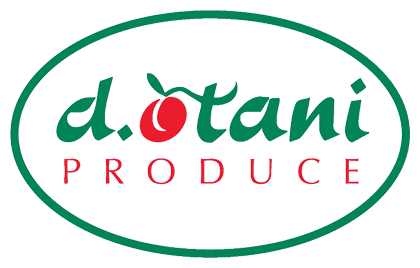As the 2019 new year gets rolling, produce and food shippers across the United States are surveying the terrain in front of them in their efforts to prepare for the year ahead. Shippers encountered a rough year in 2018 due to high U.S. domestic production, government regulation, hurricanes and a nationwide driver shortage. Without good historical data for a new normal, shippers and transportation providers are left in a world without proven pricing benchmarks to guide their buying and selling strategies post ELD mandate. Uncertainty in the current business environment is driving innovative new ways for shippers and transportation firms to work together to decrease risks in the supply-chain and create stability with mutually beneficial contract rates. Matt Castriotta and Mike Ryan.
Matt Castriotta and Mike Ryan.
History shows that the freight/trucking markets always experience ebbs and flows in supply and demand. When demand spikes and pricing skyrockets, more trucking capacity enters the market slowly. When demand subsides, there are equally quick downturns in contractual pricing and trucking capacity exits quickly. Shippers should consider partnering with the transportation providers they find long-term value in working with and those offering extended contracts. By contracting long-term with their preferred providers, shippers benefit from locking in prices they can rely upon while not eroding service levels. While a small percentage of shippers were prepared for the 2018 ELD transition, there were many that were not. Successful shippers will learn from this recent past and look at future changes early, putting processes and good partnerships in place to curb such potential instability.
Pricing in the freight market has started in a weakened position in the first quarter of 2019. Demand has remained steady while trucking capacity is readily available in most markets. This has resulted in unsustainable revenues per truckload for transportation providers, and it seems like shippers and transportation providers are searching for the bottom on annual bids. This would benefit large shippers short-term, but it will also create longer term issues. Either prices will inch back higher for carriers to maintain profitability, or capacity will begin to exit the marketplace (this creates a pricing whiplash during future bid cycles when demand picks up again). With nationwide spending and manufacturing down early this year market conditions produced very aggressive pricing strategies from most transportation firms in Q1. As the prices begin stabilizing again in Q2, shippers and receivers will look to contract longer-term with their core group of carrier partners. Shippers would benefit from seeking new ways to create efficiencies in their supply-chain rather than maintaining a reactionary posture to volatile markets. For shippers and transportation providers to flourish, there should be mutually beneficial ways to create true partnerships to insulate from these market extremes.
At ReedTMS Logistics, we talk often about true transparency in the supply-chain. While some transportation firms may believe it’s risky to reveal too much, we believe that an open model for discussions on ways to add value and save costs in the supply-chain is the best way forward. Some of those discussions include items; such as, shipper and receiver wait times, true weight of packaged goods, driver-assisted facilities, and overall lane profitability. As we dive deeper into lane analysis for our customers, we try to find cost efficiencies through lane optimization.
With produce and food shipping, we think:
- Can we add forward distribution points?
- Can we bring products in bulk to warehouse rather than living in the multi-pick or multi-drop environment?
- Can we source items from new locations to curb volume spikes in traditionally volatile markets?
Perhaps, in the future, there are ways to enlist the use of revenue sharing programs. Shippers and transportation providers should be able to talk openly about profits/losses and genuinely work together to drive costs out of the supply-chain and still interact in a mutually-beneficial way. We predict the use of collaborative technologies between shippers and transportation firms will support transparency over the next few years. When all parties are easily able to have visibility on all financial and service-based components of their supply-chain, partnerships begin to strengthen. This allows transportation providers more opportunity and shippers more efficiency. It all begins with honesty and integrity on both sides of the supply-chain.
Matthew Castriotta is business development and Mike Ryan is general manager for ReedTMS Logistics, an asset-based, third-party logistics company that helps make shippers more successful by creating tailored solutions.

